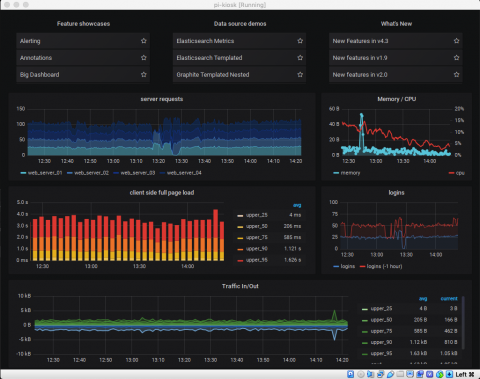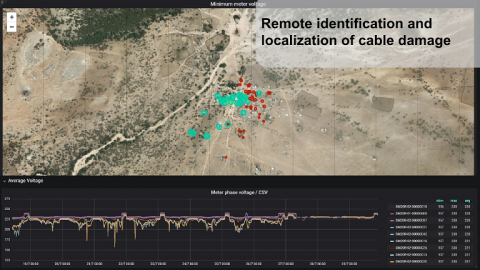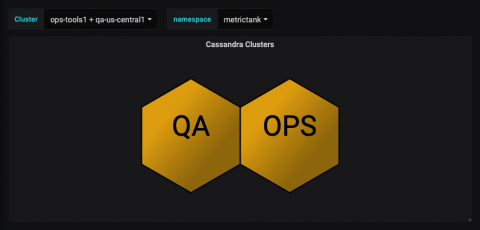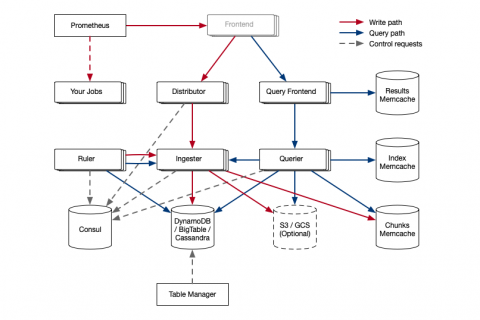Grafana Tutorial: How to Create Kiosks to Display Dashboards on a TV
A very useful feature of Grafana is the ability to display dashboards and playlists on a large TV. Documentation on how to do this is sparse, which inspired this tutorial and also led to automating the process.









